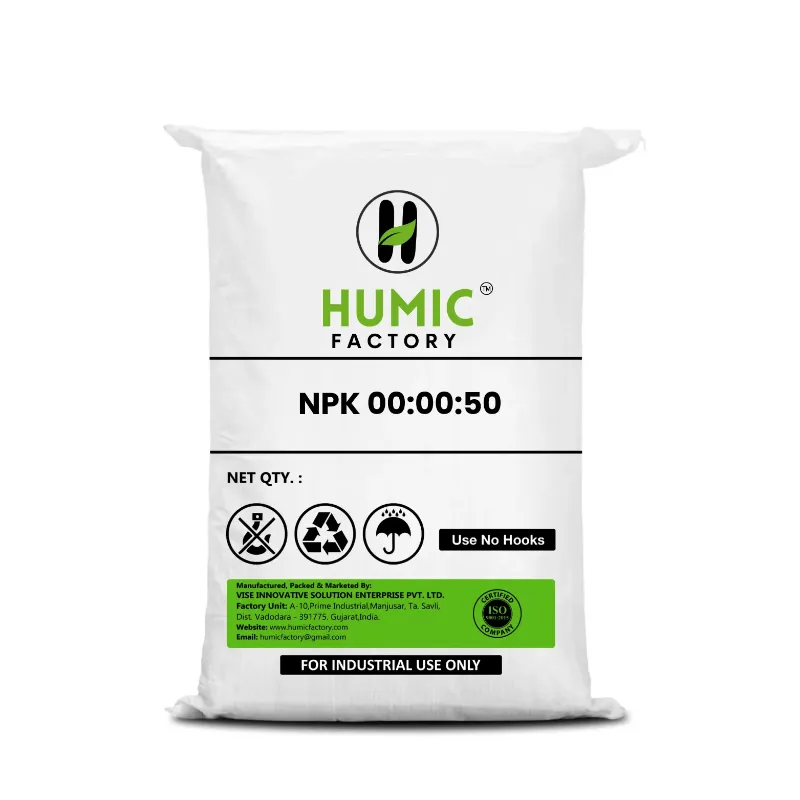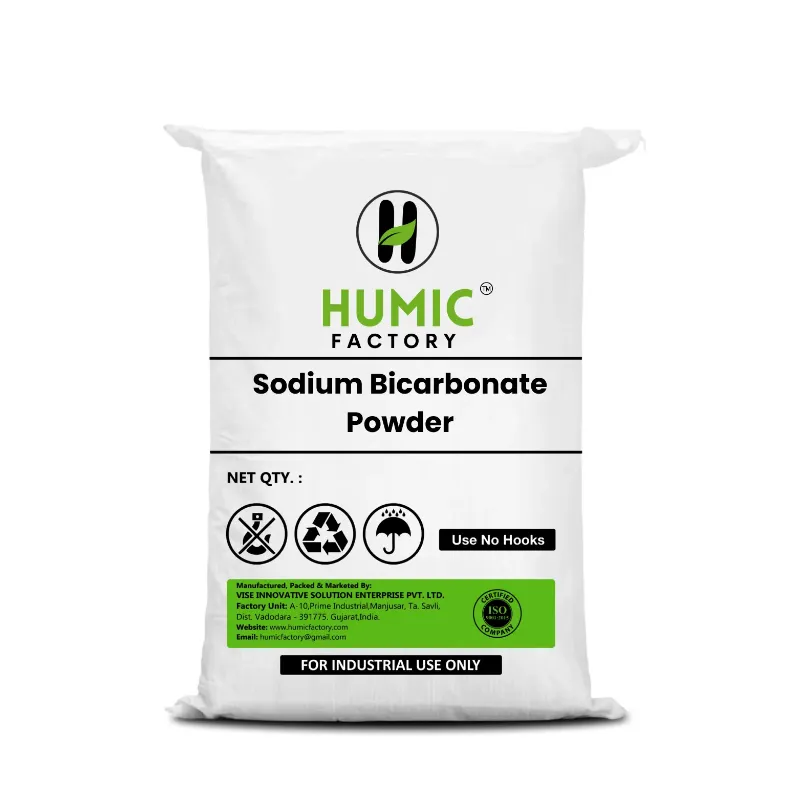Introduction:
- Trichoderma biofungicide has emerged as a revolutionary solution in crop protection, offering sustainable and eco-friendly alternatives to chemical fungicides. Let’s explore the factors that make biofungicide trichoderma a game-changer in agriculture.
Biological Control Mechanism:
- Trichoderma biofungicide harnesses the natural antagonistic properties of the Trichoderma species to suppress plant pathogens through various mechanisms.
- It competes with pathogenic fungi for nutrients and space, colonizing plant roots and soil, and forming a protective barrier against diseases.
Broad-Spectrum Activity:
- Biofungicide trichoderma exhibits broad-spectrum activity against a wide range of plant pathogens, including fungi, bacteria, and nematodes.
- Its versatility in combating multiple pathogens makes it a valuable tool for integrated pest management (IPM) strategies.
Compatibility with Sustainable Agriculture:
- Trichoderma biofungicide aligns with principles of sustainable agriculture by reducing reliance on chemical pesticides and minimizing environmental impact.
- Its eco-friendly nature preserves soil health, biodiversity, and ecosystem balance, contributing to long-term agricultural sustainability.
Enhanced Plant Growth and Yield:
- Apart from disease control, biofungicide trichoderma promotes plant growth and yield by inducing systemic resistance and improving nutrient uptake.
- It stimulates root development, enhances nutrient availability, and increases plant vigor, leading to improved crop productivity and quality.
Resilience to Abiotic Stress:
- Biofungicide trichoderma helps plants withstand abiotic stresses such as drought, salinity, and temperature extremes by enhancing stress tolerance mechanisms.
- It triggers the production of stress-related proteins, antioxidants, and osmoprotectants, bolstering plant resilience and survival under adverse conditions.
Longevity and Persistence:
- Trichoderma biofungicide exhibits longevity and persistence in the soil, providing extended protection against diseases over multiple growing seasons.
- Its ability to establish and maintain populations in the rhizosphere ensures continuous disease suppression and sustained crop health benefits.
Compatibility with Integrated Pest Management (IPM):
- Biofungicide trichoderma complements IPM strategies by integrating seamlessly with other biological, cultural, and chemical control measures.
- Its compatibility with beneficial microorganisms, insect predators, and cultural practices enhances overall pest and disease management effectiveness.
Reduced Residue Concerns:
- Unlike chemical fungicides, biofungicide trichoderma leaves no harmful residues on crops, soil, or the environment.
- Its residue-free nature ensures food safety, minimizes human health risks, and facilitates compliance with regulatory standards and export requirements.
Cost-Effectiveness and Return on Investment:
- While initially perceived as a premium product, biofungicide trichoderma offers long-term cost-effectiveness and a high return on investment for farmers.
- Its efficacy in disease control, coupled with benefits in plant growth promotion and stress tolerance, translates into higher yields, better quality produce, and increased profitability.
Research and Development Advancements:
- Ongoing research and development efforts continue to enhance the efficacy, formulation, and application methods of biofungicide trichoderma.
- Innovations such as encapsulation, carrier-based formulations, and strain selection contribute to its efficacy, shelf life, and practicality in diverse agricultural settings.
Conclusion:
- Trichoderma biofungicide represents a paradigm shift in crop protection, offering sustainable, effective, and environmentally friendly alternatives to chemical fungicides.
- Its biological control mechanisms, broad-spectrum activity, compatibility with sustainable agriculture, and multiple benefits for plant health and yield make it a game-changer in modern agriculture.
- Incorporating biofungicide trichoderma into crop protection strategies promotes ecological balance, reduces chemical inputs, and ensures long-term agricultural sustainability for future generations.





